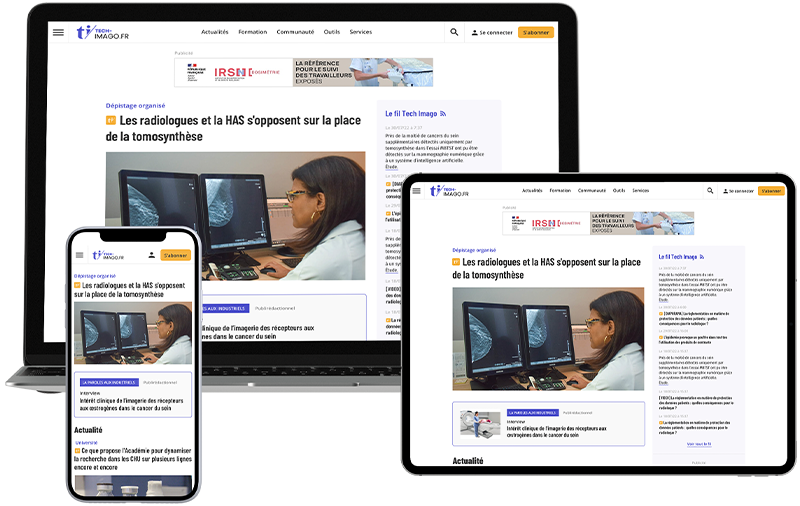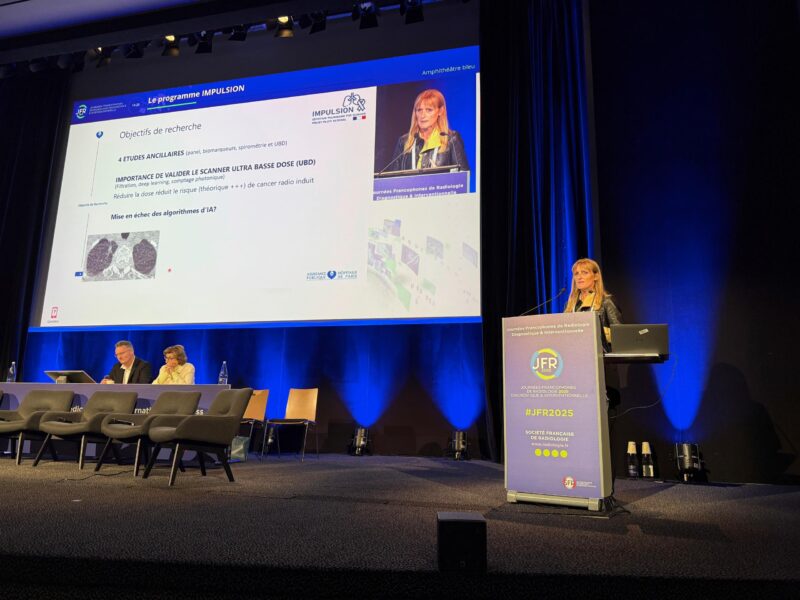Introduction
Définitions
L’hypertension pulmonaire (HTP) est définie par une élévation de la pression artérielle pulmonaire moyenne (PAPm) au-delà de 20 mmHg au repos, mesurée par cathétérisme cardiaque droit (CCD) (tableau 1). Néanmoins, le diagnostic final et la classification doivent prendre en compte le contexte global et les résultats de toutes les investigations. Il est notamment essentiel d’inclure la résistance vasculaire pulmonaire (RVP) et la pression artérielle pulmonaire d’occlusion (PAPO) dans la définition de l’HTP précapillaire. Selon les données actuelles, la limite supérieure normale et le seuil pronostique de la RVP est de 2 unités Wood (UW). En ce qui concerne la PAPO, la valeur seuil est plus discutée. En l’état des données actuelles, il convient d’utiliser un seuil de 15 mmHg. Il convient de noter que tous les groupes d’HTP peuvent inclure des composants précapillaires et postcapillaires contribuant à l’élévation de la pression artérielle pulmonaire [1].
Ainsi, l’HTP










Discussion
Aucun commentaire
Commenter cet article